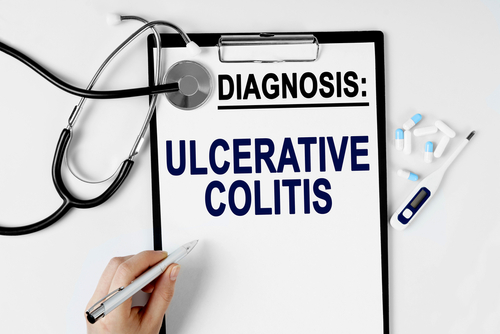
“Top-down” treatment using a combination of infliximab and immunomodulator is superior to “accelerated step-up” therapy and should be considered the standard of care in newly diagnosed active Crohn disease, according to a study to be presented at Digestive Disease Week 2024, taking place May 18-21 in Washington, DC.
In the open-label, biomarker-stratified, randomized, controlled PROFILE (PRedicting Outcomes For Crohn’s dIsease using a moLecular biomarker) study, 386 patients with newly diagnosed active Crohn disease were given either “top-down” (infliximab/immunomodulator) or “accelerated step-up” treatment stratified by biomarker subgroup (IBDhi/IBDlo), endoscopic inflammation (mild/moderate/severe), and extent (colonic/other). The key end point of interest was defined as a sustained steroid- and surgery-free remission for up to 48 weeks. The secondary end point was endoscopic remission (absence of ulcers) at week 48.
The study yielded primary outcome data on 379 patients. Researchers found that sustained steroid- and surgery-free remission was more frequent in “top-down” compared with “accelerated step-up” treatment (79% vs 15%, absolute difference 64%; 95% CI, 57%-72%; P<.001). There was no biomarker-treatment interaction effect. Regarding the secondary end point, endoscopic remission at week 48 was significantly greater in “top-down” compared with “accelerated step-up” treatment (67% vs 44%, absolute difference 23%; 95% CI, 11%-36%; P<.001), with no biomarker-treatment interaction effect.
“Top-down” treatment with combination infliximab/immunomodulator “achieved substantially better outcomes compared with ‘accelerated step-up’ therapy. The biomarker did not show clinical utility in PROFILE. ‘Top-down’ should now be considered the standard of care for patients with newly diagnosed active Crohn disease,” the researchers concluded.







 © 2025 Mashup Media, LLC, a Formedics Property. All Rights Reserved.
© 2025 Mashup Media, LLC, a Formedics Property. All Rights Reserved.